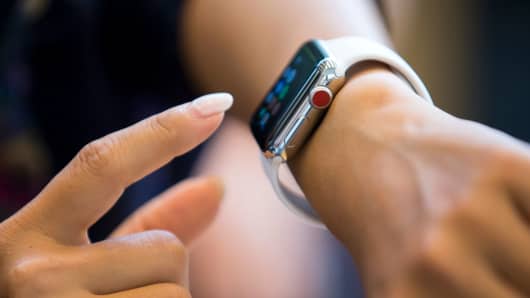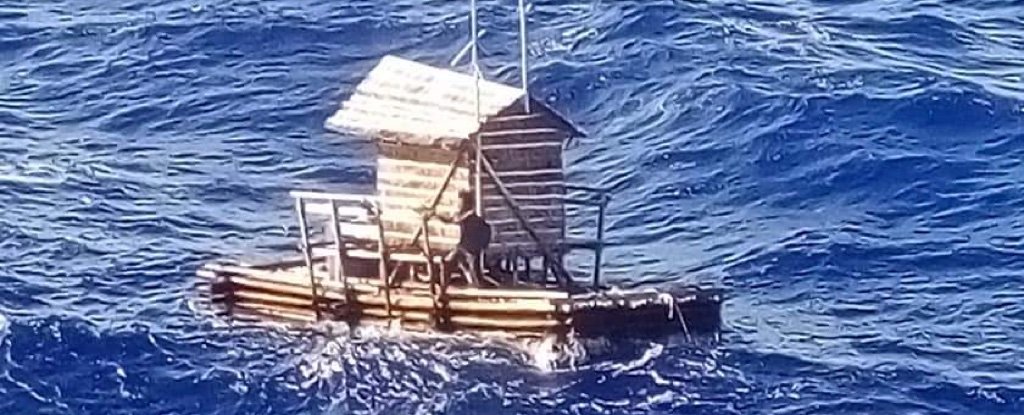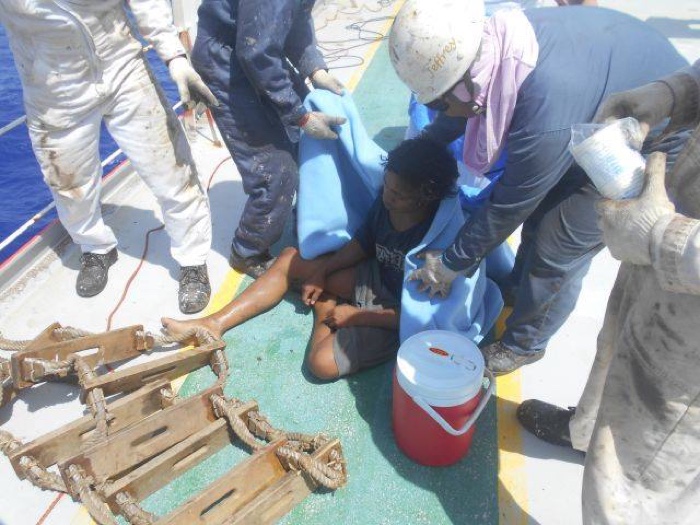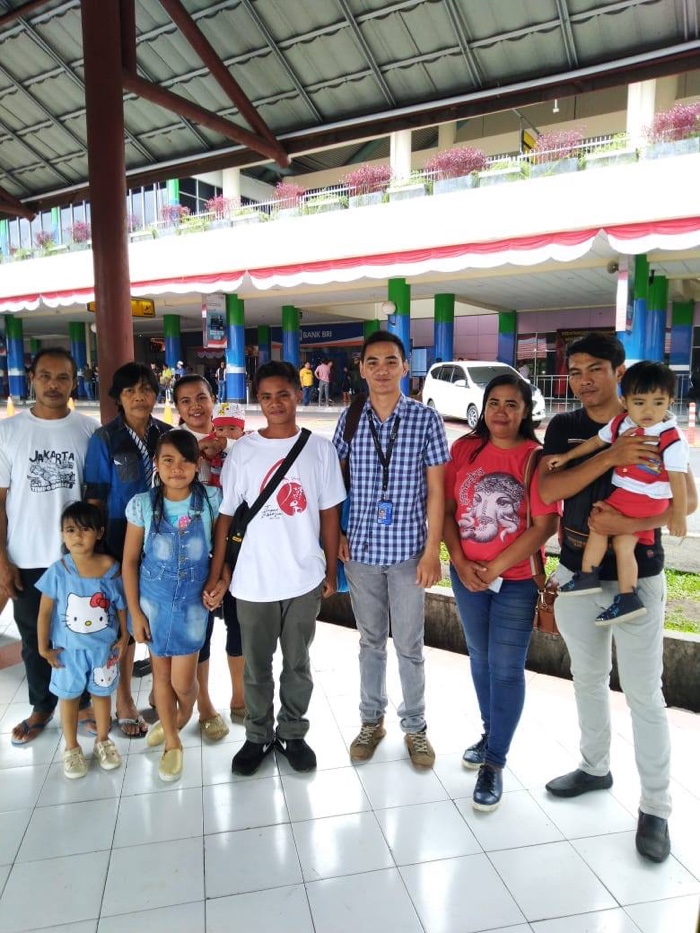Inmate NN7687's Presence Certain to Offend Prisoner Honour Code
"Flanked by armed sheriff's deputies, he disappeared through an arched doorway, bound for a holding cell -- Cosby's first stop in a journey that will take him to a state prison where he'll be confined to a tiny cell that could have fit into the corner of a room in any of his mansions."
Manuel Roig-Franzia, The Washington Post
"It's basically his own space. He's a high-profile inmate ... and obviously, safety is the paramount issue inside a prison."
"He still has to do it. [Stand outside his cell for a regulated head count.] It's part of the prison ritual."
"He didn't have Jell-O [for his dessert]. The word 'Jell-O' may appear on the menu, but it is not a Jell-O brand [which brand Cosby touted on TV] product."
Amy Worden, press secretary, Pennsylvania Department of Corrections
"They're going to have to put him in protective custody."
"The problem is the nature of the crime. Rapists are frowned upon in prison."
O.J. Simpson

How utterly deranged, that a man who for many decades reached the pinnacle of public acclaim and respect for his immaculate personification as a trusted mentor to young black males, exhibiting good humour, impeccable social manners, empathy for those in trouble, and a masterful control of acting's accolades as a sterling example of the most respectable traits in human kindness, restraint, and strict adherence to society's contract with law and justice, would turn out to be among one of society's most reviled sexual predators.
His persona as the exemplary father-figure, the guide of the young and impressionable toward a life of service to others, tolerance for those who err, and a willingness to point them gently in the right direction was a carefully guarded facade, one which crumbled when the rising clamour of those whom he molested finally gained traction beyond their initial dismissal by authorities who simply couldn't conceive that this master thespian could possibly be the monster who stalked women, drugged them and raped them.
The long-awaited trial and the testimony aired therein was sufficiently convincing that one woman's tribulation and memory brought justice to the estimated sixty women who had suffered in silence. The celebrated master of comedy is no more. What is left is an elderly man whom his wife continues to support and who insists he is too ill to be incarcerated. A man who slept in a cot bolted to the floor of a cell, a man who is temporarily being kept incommunicado, who must undergo an evaluation before he is released from his current state of solitary sensory deprivation.
At the State Correctional Institution Phoenix, Bill Cosby is the lone occupant in a unit where he is in partial isolation, taking his meals without company, walking its yard on his own, standing to be counted by a guard to ensure that no prisoners are missing, though he is the lone prisoner in that unit; protocol and routine that he will become familiar with, barring some changes in the near future. Simply put, prison administrators are wrestling how they can accommodate the presence of an infamous sex offender for three to ten years.
To rise eventually from the ashes of his disgrace to embrace his legendary persona once again as the emblematic Phoenix of antiquity?
 |
| A tour group enters block D in the west section of the State Correctional Institution at Phoenix in Collegeville, Pa., June 1, 2018. Jacqueline Larma/AP, FILE |
While there are roughly 3,600 inmates in this new prison -- or will be once it is at capacity -- how one singular inmate's needs will be catered to remains an as-yet unanswerable question. While the potential for "violence" to be wrought against this man by other prisoners contemptful of the acts he committed are for now held at bay, the man himself must contend with the debilitating psychological impact of loneliness and boredom.
Following this normally jovial man's sentencing he was driven to SCI Phoenix, through a rainstorm; even nature recognizing the solemn, dark occasion of a man fallen from grace; the institution a 164-acre compound of cellblocks surrounded by a mile and a half of razor wire and electronic fencing. Could anything be more foreign to this man's experience, more alienating, more deserving than his transition from admired social celebrity figure to scorned incarcerate?
Prison guards guided him into the prison's central building where the obligatory pose for his mug shot took place and he was outfitted in a prison uniform and boots and given his distinguishing number as Inmate NN7687. From someone to nothing in one fell swoop. In his empty corner of the prison, he eats, sleeps and takes his recreation.
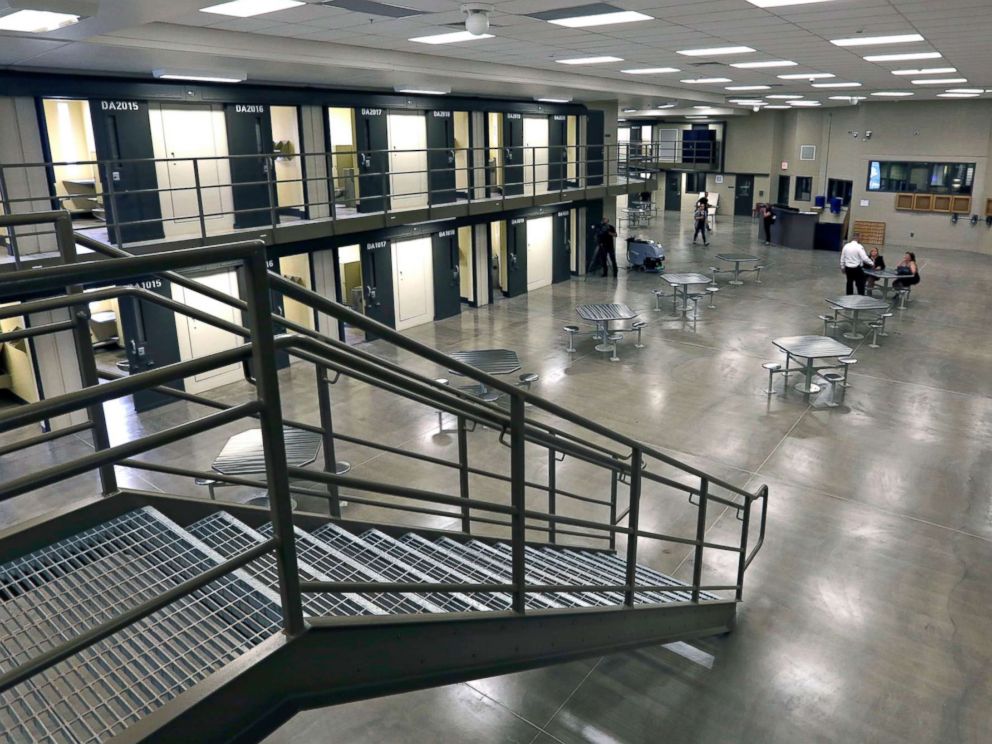 |
| A housing unit is pictured in the west section of the State Correctional Institution at Phoenix in Collegeville, Pa., June 1, 2018. Jacqueline Larma/AP, FIL |
Once he has undergone the formality of completing a standard battery of psychological and medical tests designed for new inmates and sex offenders -- a ten-day process -- he will be permitted family visits, he will be able to procure a TV and tablet for his cell. And he will be enabled to take advantage of available classes or work positions for inmates.
Word from the prison is that Cosby is adapting to his new life and appears to be in "good spirits". "We are taking all of the necessary precautions to ensure Mr. Cosby’s safety and general welfare in our institution. The long-term goal is for him to be placed in the general population to receive the programming required during his incarceration", explained corrections secretary John Wetzel.
Labels: Crime, Punishment, Sexual Predation, United States


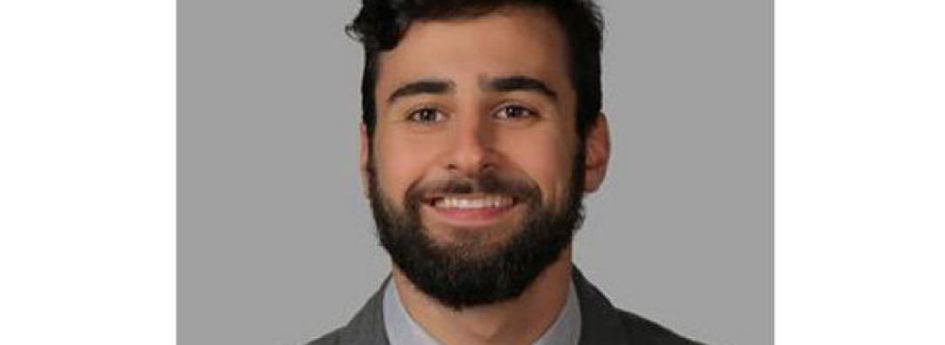
/arc-anglerfish-tgam-prod-tgam.s3.amazonaws.com/public/EQI2T77EJ5HCXEXFWWZK54VGII.jpg)



